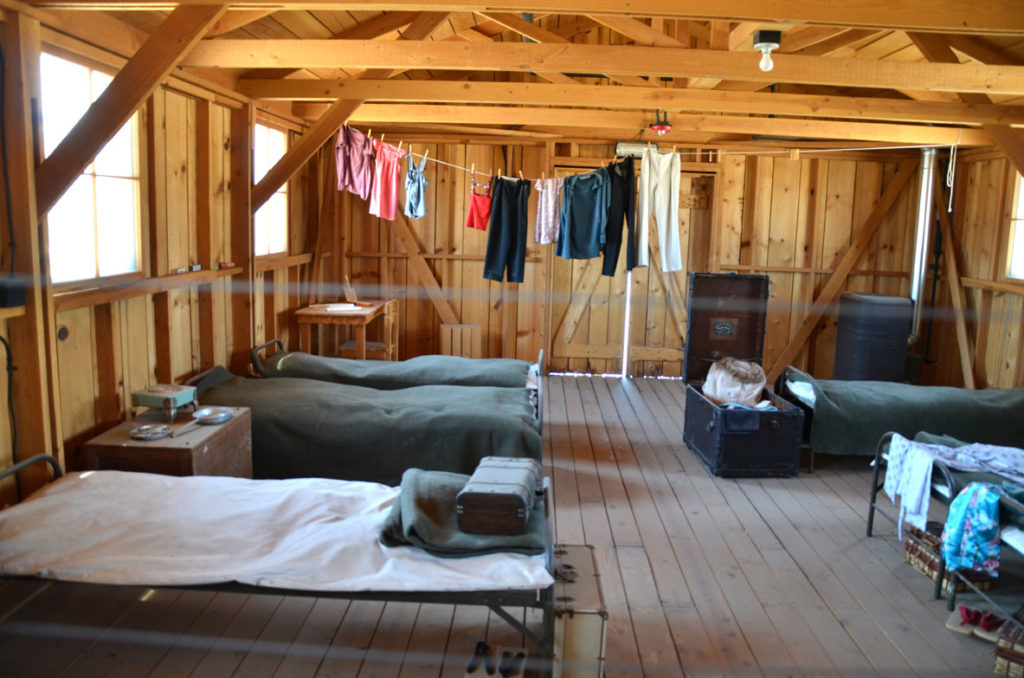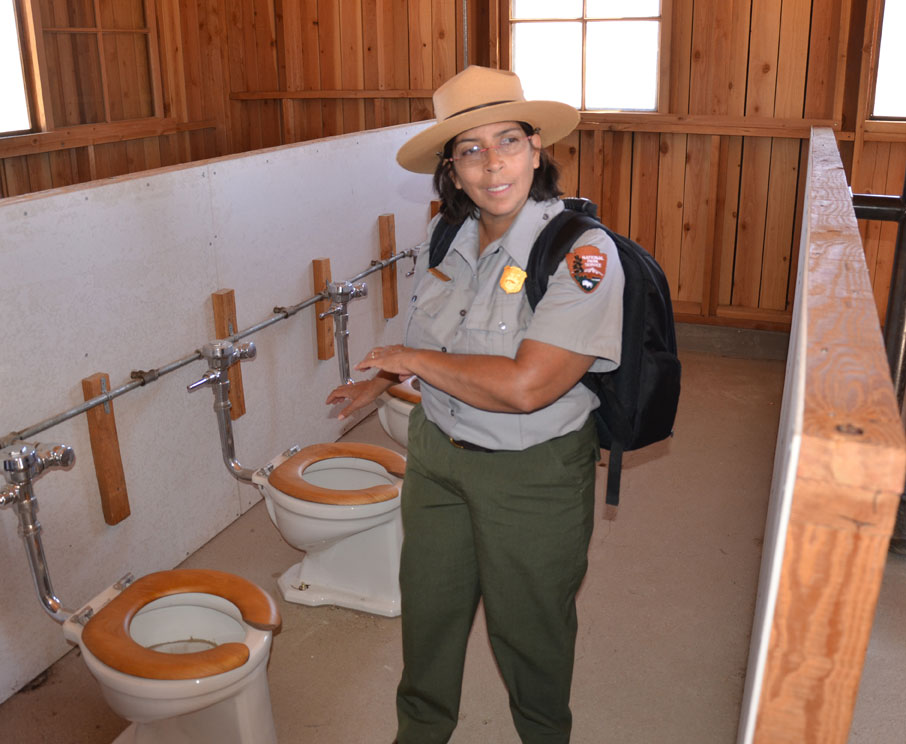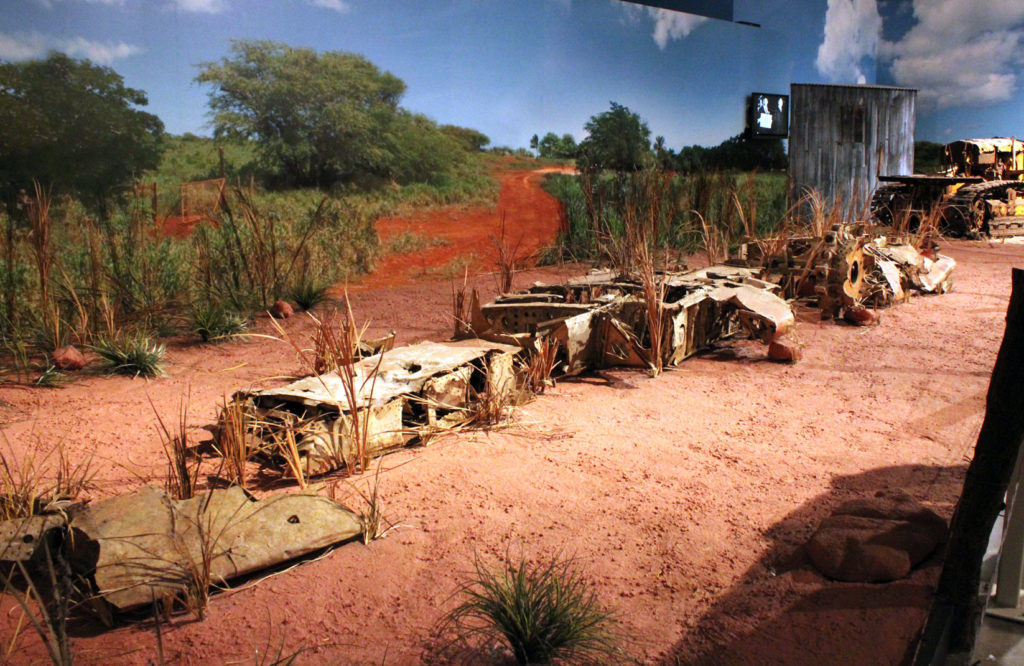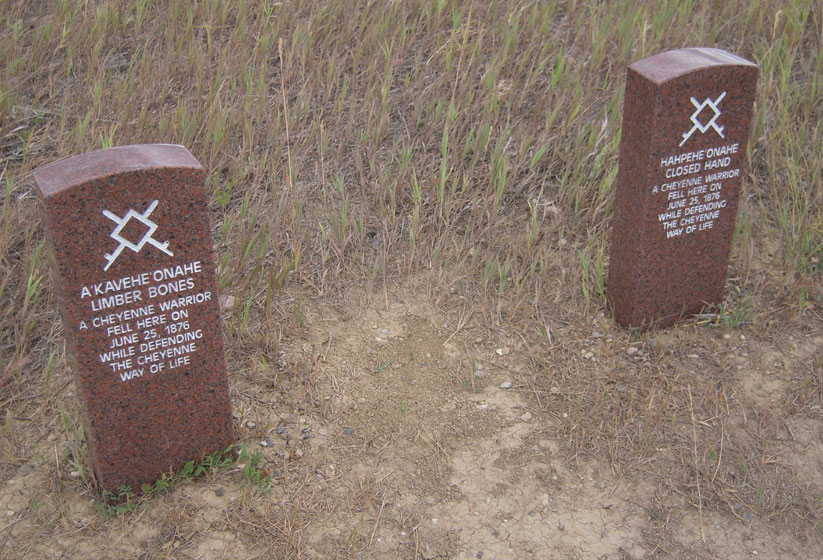
Though spartan, Manzanar accommodations compared favorably with those Japan provided for Americans in the Philippines
By David DeVoss
Revisionist history once was associated with Soviet Russia, where leaders repeatedly erased the names of disfavored revolutionaries like Trotsky and Malenkov from the nation’s collective memory and airbrushed rivals from old photos. Today it is increasingly prevalent in the United States, whether it’s students agitating for the removal of Woodrow Wilson’s name from buildings at Princeton University in the name of racial justice or the American Library Association stripping the name of Laura Ingalls Wilder from a literary award because she failed to anticipate 21st-century standards of inclusiveness in her attitudes about Native Americans.
One organization you might expect to dispense unadulterated history is the National Park Service, but its “interpreters” readily inject p.c. bias. Certainly this is the case at the Manzanar National Historic Site in California’s Eastern Sierra. I visited Manzanar the day after the Supreme Court’s Trump v. Hawaii ruling that found the executive branch had the authority to limit travel from countries posing a national security risk. California’s papers were full of angry editorials comparing the decision to Korematsu v. United States, the 1944 ruling that said the forced internment of Japanese during World War II did not violate the constitution. Largely unmentioned was Korematsu’s companion case, ex parte Endo, which ordered the immediate release of all Japanese-Americans loyal to the United States.
The internment of Japanese was wrong. A 1983 report entitled “Personal Justice Denied” by the Commission on Wartime Relocation and Internment of Civilians concluded that the incarceration of 110,000 ethnic Japanese in ten relocation centers in seven states resulted from “wartime hysteria and a failure of political leadership.”
Most National Park Service sites aim for historical balance. At the Little Bighorn Battlefield National Monument in Montana, the NPS not only tells the story of the annihilation of George Armstrong Custer’s Seventh Cavalry but also explains why the Sioux and Cheyenne were so ferocious in their attack.
At Manzanar, however, there is little attempt to put internment into a broader context. Japanese were “dehumanized” because unrelated families were forced to live together in barracks, use communal toilet and shower facilities (like those that existed on every U.S. Army forward operating base in Iraq) and eat apple butter and mutton (like many other Americans since dairy butter and beef were rationed at that time).

National Park Service Superintendent Bernadette Johnson says Japan’s attack on Pearl Harbor, its threat to national security and the loyalty many Japanese nationals had for Emperor Hirohito are not part of the Manzanar story.
Bernadette Johnson, the National Park Service Superintendent at Manzanar, walks us into a rough wooden barracks similar to what any lake house or rural cabin might have resembled during that period. “Entire families were put in here without partitions that would provide privacy,” she says. “Manzanar even had an orphanage. It was a prison within a prison.”
According to Johnson, Manzanar should forever be remembered as a “stain on the history of America.” The adversity visited upon American and British civilians interned in Manila and Singapore is never mentioned. “That’s not a story we tell here,” she says. “Several years ago we asked people in California what themes should receive interpretation and that point never came up.”

Remains of Japanese fighter that crashed on Ni’ihau are preserved at Pacific Aviation Msueum in Hawaii
At Manzanar, Japanese internment was motivated by racism pure and simple. Johnson knows about but does not publically discuss Japanese pilot Shigenori Nishikaichi, whose zero fighter crashed December 7, 1941 on Hawaii’s Ni’ihau Island after ground fire from Oahu punctured his aircraft’s fuel tank. The first person he met was Yoshio Harada, a farmer of Japanese ethnicity who along with his wife helped Nishikaichi evade capture for six days. After local Hawaiians killed the pilot Harada committed suicide, but the fact remained that the first time a Japanese American had the opportunity to help a Japanese soldier he did.
Did Japanese internment stem from racism alone or was Ni’ihau a contributing factor. “Well, it’s complicated,” says Burl Burlingame, historian at the Pacific Aviation Museum on Pearl Harbor’s Ford Island where the remains of Nishikaichi’s zero are on display. “There was racism, no doubt, but government policy and public comments probably resulted more from the fact that Japan was our enemy than that they looked differently. Adds Burlingame: “At the same time we were demonizing the Japanese we were glorifying the Chinese,” who were allies in the war.
Bigotry is the only explanation offered at Manzanar for FDR’s February 1942 executive order that authorized the War Department to “prescribe military areas from which any and all persons may be excluded.” As interpreted, military areas meant California, Oregon, Washington and parts of Arizona. As applied, the directive targeted only persons of Japanese ancestry.

Fallen Cheyenne warriors are remembered at Montana’s Little Bighorn along with Gen. George Armstrong Custer’s Seventh Cavalry
But the order was written barely two months after the Japanese attack on Pearl Harbor in a period of tremendous anxiety and justifiable national security concerns, notes Ken Masugi, a senior fellow at California’s Claremont Institute and editor of nine books on American politics. Masugi’s parents were among the 110,000 Japanese Americans relocated under FDR’s order.
When Tokyo’s Imperial Army entered neighboring Asian nations, Japanese immigrants already there often assisted the arriving troops. Remittances from Japanese Americans continued to flow back home even after Japan’s brutal invasion of China. Before December 7, 1941, most ethnic Japanese newspapers in the U.S. were effusive in praising Japan’s military. Even more troubling was Washington’s knowledge that Tokyo already had plans to collaborate with ethnic Japanese, who comprised almost half of Hawaii’s population, if it ever conquered the territory.
Masugi objects to the term internment, except as it pertains to Japanese nationals, some of whom, like German and Italian nationals in America, were detained for the duration of the war. “Ordinary Japanese in the camps always had the option of leaving,” says Masugi. “My parents would leave for seasonal employment.” Other relatives of Masugi left permanently for jobs outside the West Coast exclusion zone.
The National Park Service is right to retell and preserve the stories of people forced to live at Manzanar. But ignoring most of the events and fears leading to their internment, telling the story as a simple morality tale about racial prejudice, does a disservice to America’s Greatest Generation. Says Masugi: “The laziest historical fallacy is for those who know how the story ends to judge those who were writing it as if the conclusion was inevitable and obvious.”![]()
David DeVoss is the editor and senior correspondent of the East-West News service in Los Angeles


